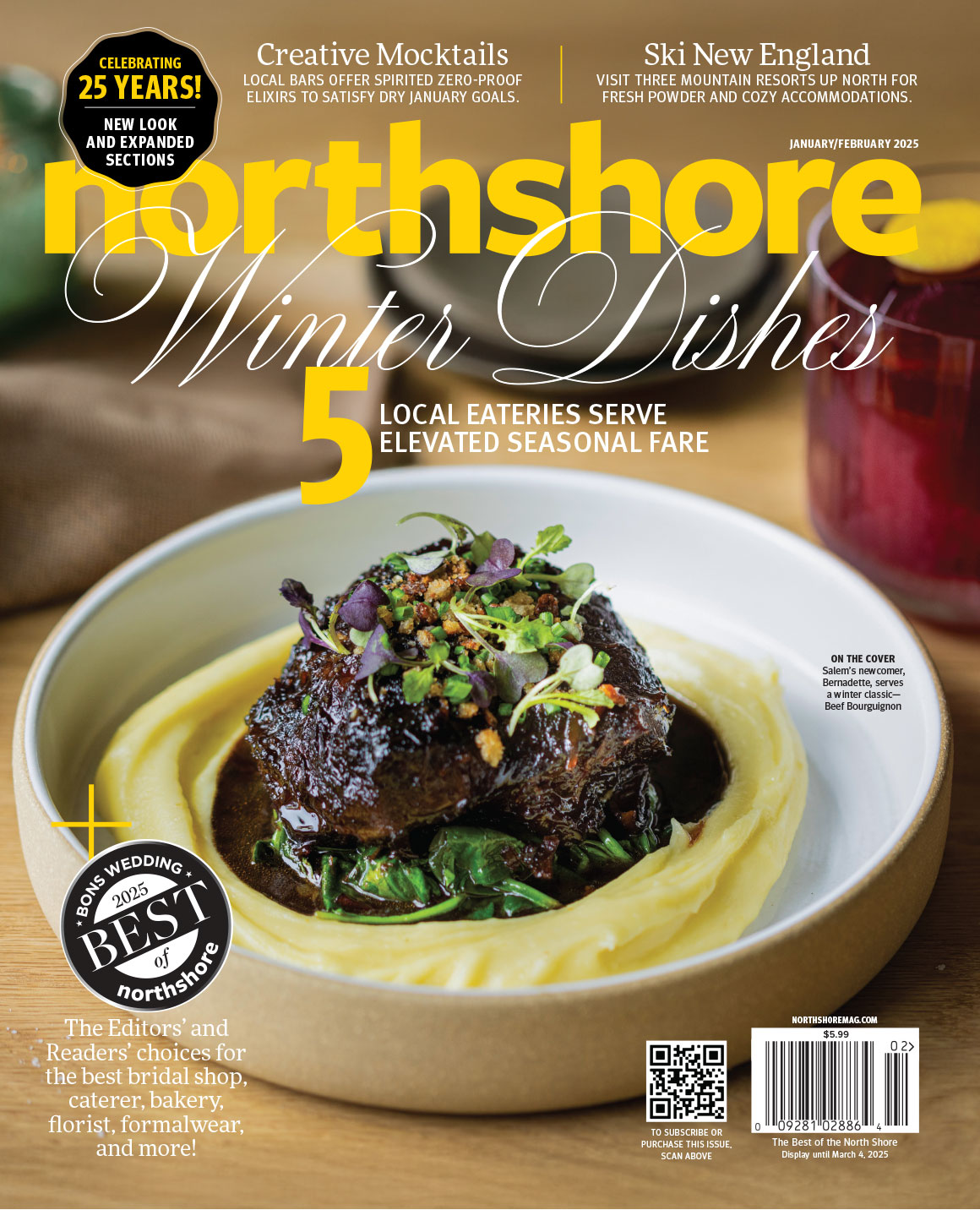What do artichokes, saffron, and chicken have in common? Yes, they’d make a great meal, but would you drink them in a cocktail? We’ve uncovered some weirdly wonderful spirits that tout these ingredients as an essential part of their distillation process. The resulting tastes are not what you’d expect: sweet, smoky, and decidedly sippable.
Cynar
Old-school bitter Italian liqueurs have enjoyed a resurgence among bartenders for their complex flavor and mixability. One such brand is Cynar (CHEE-nar), created in 1952 and named after one of its 13 ingredients, the artichoke (Cynara scolmymus). No, it doesn’t taste like artichokes. With bittersweet notes of eucalyptus and honey, this dark cola-colored liqueur is excellent on its own as a digestif or mixed with club soda or orange juice. Cynar is often used as a substitute for Campari in the Negroni, as in this twist on a classic called the Cin-Cyn Cocktail.
Del Maguey Pechuga
Mezcal, the smoky, seductive cousin of tequila, is all the rage among spirit aficionados. Some of this affection has to do with the unique production process, although most of it has to do with the extraordinary taste. Del Maguey is perhaps best known for its coveted collection of single-village mezcals made by families across small villages in Oaxaca, Mexico. Making mezcal is a slow process: Hearts of the agave plant are slow-roasted over hot stones in earthen pits for 30 days. Next comes fermentation, then distillation—that’s where the chicken comes in. Pechuga, one of the many distinctive mezcals Del Maguey produces, is distilled over apples, plums, pineapple, almonds, rice, and a single chicken breast. The resulting spirit is layered in flavor— smoky agave, tropical fruit, and the sweet salinity of the terroir. Pechuga is made in limited batches just once a year, so it’s a worthy splurge (best sipped neat).
Chartreuse
This herbaceous liqueur comes in yellow or green varieties and counts Queen Elizabeth as a fan (she mixes hers with Champagne). The recipe for Chartreuse dates back to 1605, when it was given to Carthusian monks in the French Alps under strict orders to never share the secret ingredients. To this day, it is still produced at a monastery in France. The exact combination of 130 herbs, spices, and flowers is still shrouded in mystery (experts do agree on saffron as one), which makes for a fun cocktail party guessing game: honey, rosemary, anise? For mixing, yellow Chartreuse is a bit sweeter and brings out the nuances in bourbon or Scotch. The more popular green Chartreuse has strong notes of pine (and a little more heat due to a higher alcohol content—110 proof), making it a perfect match for the botanical profile of gin. The Last Word, a Prohibition-era cocktail fashionable today, showcases Chartreuse at its finest.
RECIPES
Cin-Cyn Cocktail
Makes one drink
> 1 oz. Cynar
> 1 oz. gin
> 1 oz. sweet vermouth
> Dash of Peychaud’s or Angostura bitters
> 2 orange wedges, sliced 1/2-in. thick
Combine Cynar, gin, sweet vermouth, and bitters in a cocktail shaker. Squeeze the juice of one orange wedge in the shaker. Then, add ice. Shake until well chilled and strain into a cocktail glass. Garnish with the remaining orange wedge.
The Last Word
Makes one drink
> 3/4 oz. gin
> 3/4 oz. green Chartreuse
> 3/4 oz. Luxardo maraschino liqueur
> 3/4 oz. fresh lime juice
> Twist of lime for garnish
Vigorously shake all ingredients together in a shaker filled with ice. Strain into a martini glass or a coupe and garnish with lime twist.

